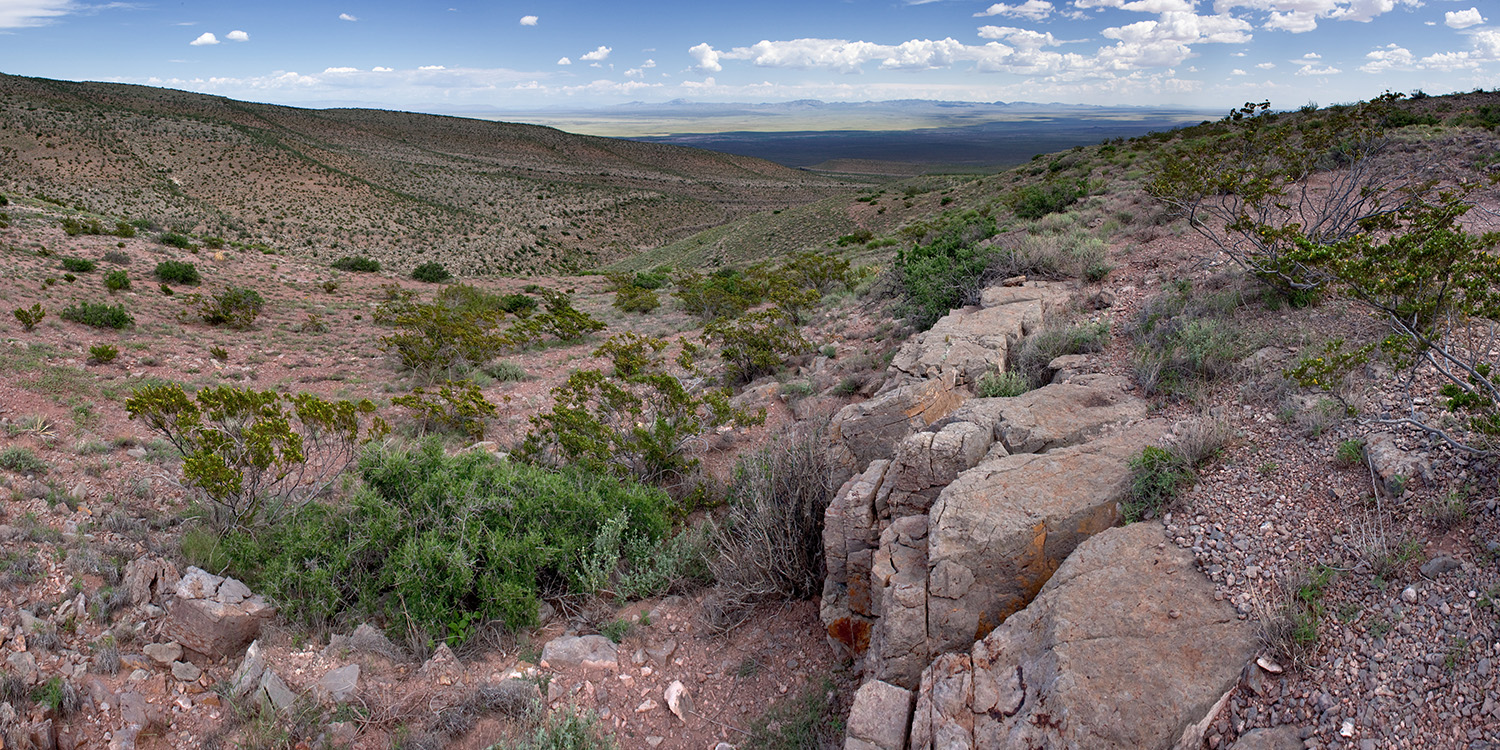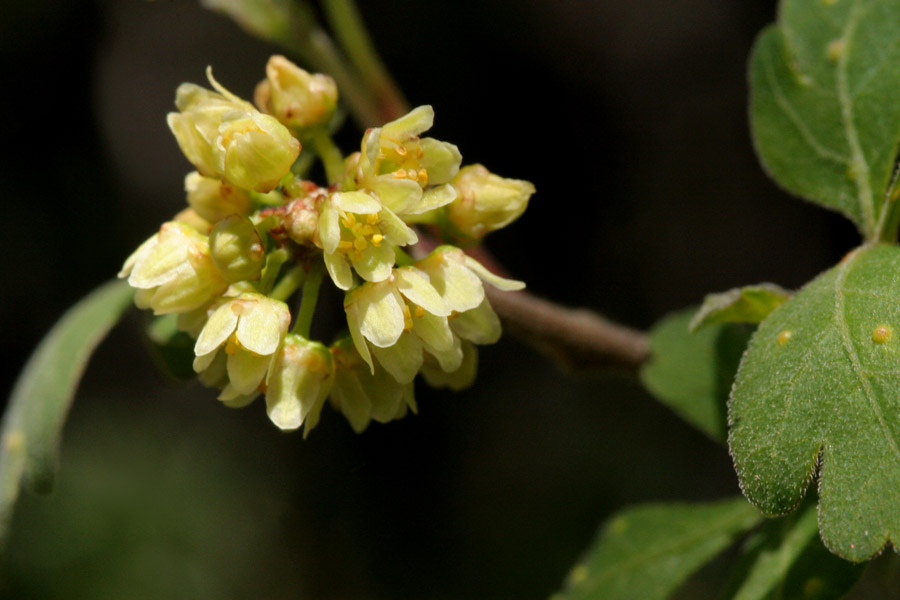Selected Plants of Navajo Rangelands
Skunkbush

Skunkbush occurs in a variety of habitats at elevations of 4,500 to 8,000 feet, including dry, rocky slopes, along streams and canyon bottoms, waste places, pastures, roadsides, and on sand dunes. It is drought resistant, shade tolerant, and intolerant of flooding. It typically grows where maximum annual precipitation ranges from 10 to 20 inches.
It has spreading woody rhizomes, and it sprouts readily from both the root and crown after disturbance. Skunkbush's forage value is poor for all classes of livestock. Skunkbush provides some browse for deer, elk, and pronghorn when other more preferred forage is unavailable. In most locations, big game use tends to be heaviest during the winter when food supplies are most limited.
Because the fruit of skunkbush persists through the fall and winter, this species can provide a ready food source for birds and small mammals when other foods are scarce or unavailable.
Traditionally, the fruits were used in food and medicines, and in the preparation of lemonade-like beverages. Pliable young stems were woven into durable baskets. Skunkbush can also be used in making dyes for clothing.
*Description adapted from Utah State University's Range Plants of Utah.




©2018 NMSU Board of Regents.
Individual photographers retain all rights to their images.
Partially funded by the
Western Sustainable
Agriculture Research and Education Program
(westernsare.org; 435.797.2257),
project EW15-023.
Programs and projects supported by Western SARE are
equally open to all people.